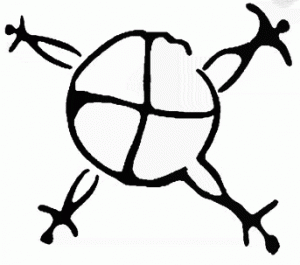International Day of the World’s Indigenous Peoples
 August 9 is the United Nation’s International Day of the World’s Indigenous Peoples, yet many people don’t know what “indigenous peoples” means. Ironically, the ongoing war in South Ossetia is of interest in indigenous studies.
August 9 is the United Nation’s International Day of the World’s Indigenous Peoples, yet many people don’t know what “indigenous peoples” means. Ironically, the ongoing war in South Ossetia is of interest in indigenous studies.
Even though the notion of “indigenous peoples” sometimes may be vague, a definition of indigenous peoples that most scholars agree with was provided by the United Nations Special Rapporteur on minority and indigenous communities. Indigenous peoples, according to that articulation, are “…those which having a historical continuity with pre-invasion and pre-colonial societies that developed on their territories, consider themselves distinct from other sectors of societies now prevailing in those territories, or parts of them. They form at present non-dominant sectors of society and are determined to preserve, develop, and transmit to future generations their ancestral territories, and their ethnic identity, as the basis of their continued existence as peoples, in accordance with their own cultural patterns, social institutions and legal systems.”
I am currently editing an article that talks about Armenians and indigenous peoples. While Armenians, in general, have been considered “indigenous,” given that almost every nation in the Middle East and the Caucasus considers themselves native to their lands, the question of indigenous can be very controversial.
The ongoing war in South Ossetia and Georgia is a good example. While both Georgians and Ossetians have indigenous claims, both parts see each other as trying to steal a land that “belongs to them.” This idea of a land belonging to someone is, in principle, against core indigenous values (especially that of the ones in the western hemisphere). As one Native American chief has said, “the earth doesn’t belong to us, we belong to the earth.”
Some resources on indigenous peoples:
Leave a Reply
You must be logged in to post a comment.